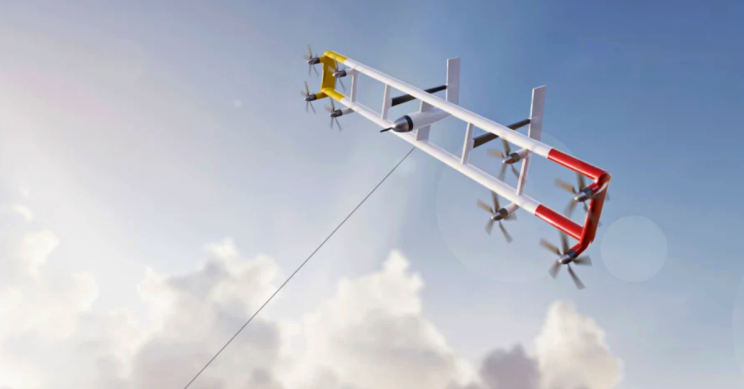Today, the cumulative capacity of installed wind power worldwide exceeds 800 gigawatts. Wind energy capacity is growing rapidly around the world. According to the US Energy Information Administration, wind power generated five times more electricity in 2018 than in 2008.
Wind energy is unreliable as the wind doesn’t always blow
Although more and more countries are investing in wind-power, it still only accounts for about 6% of the world’s electricity.
Harvest wind energy from the heights where it blows fastest
Now, several firms across the world want to harness the stronger and more consistent winds at higher altitudes using tethered kites and drones to utilize wind power’s full potential. They are using the winds at higher altitudes – above 500m (1,640ft) to generate electricity.
Florian Bauer, co-CEO, and chief technology officer of Kitekraft, a Munich-based company developing a flying wind turbine power system said, “It’s cheaper to manufacture, cheaper to transport, and also has higher efficiency,”
“The carbon footprint is also much smaller, he says. “If you have all those advantages, why would anyone build a conventional wind turbine?”
Kitekraft’s kites are primarily made of aluminum. These are equipped with eight motors to power the propellers during take-off and landing. Once the kite is stabilized at the proper height, the turbines switch to generating energy from the wind.
But the idea of using kites or drones to harness wind energy has run into issues with the commercialization of the technology. So, some others are pursuing lighter and simpler versions of the technology, like SkySails.
Hamburg-based SkySails, an airborne wind energy player has become the first company to offer a commercial product. SkySails launched the world’s first fully autonomous commercial “airborne wind energy” system in December 2021. The airborne system can reach up to 800m high (half a mile) which is far above the 200- to 300-meter tip of the tallest wind turbines.
It powers a ground-based generator capable of an average output of 80 kilowatts. Although it can power 60 average US households only, the unit is designed for use in remote locations that are away from the power grid.







